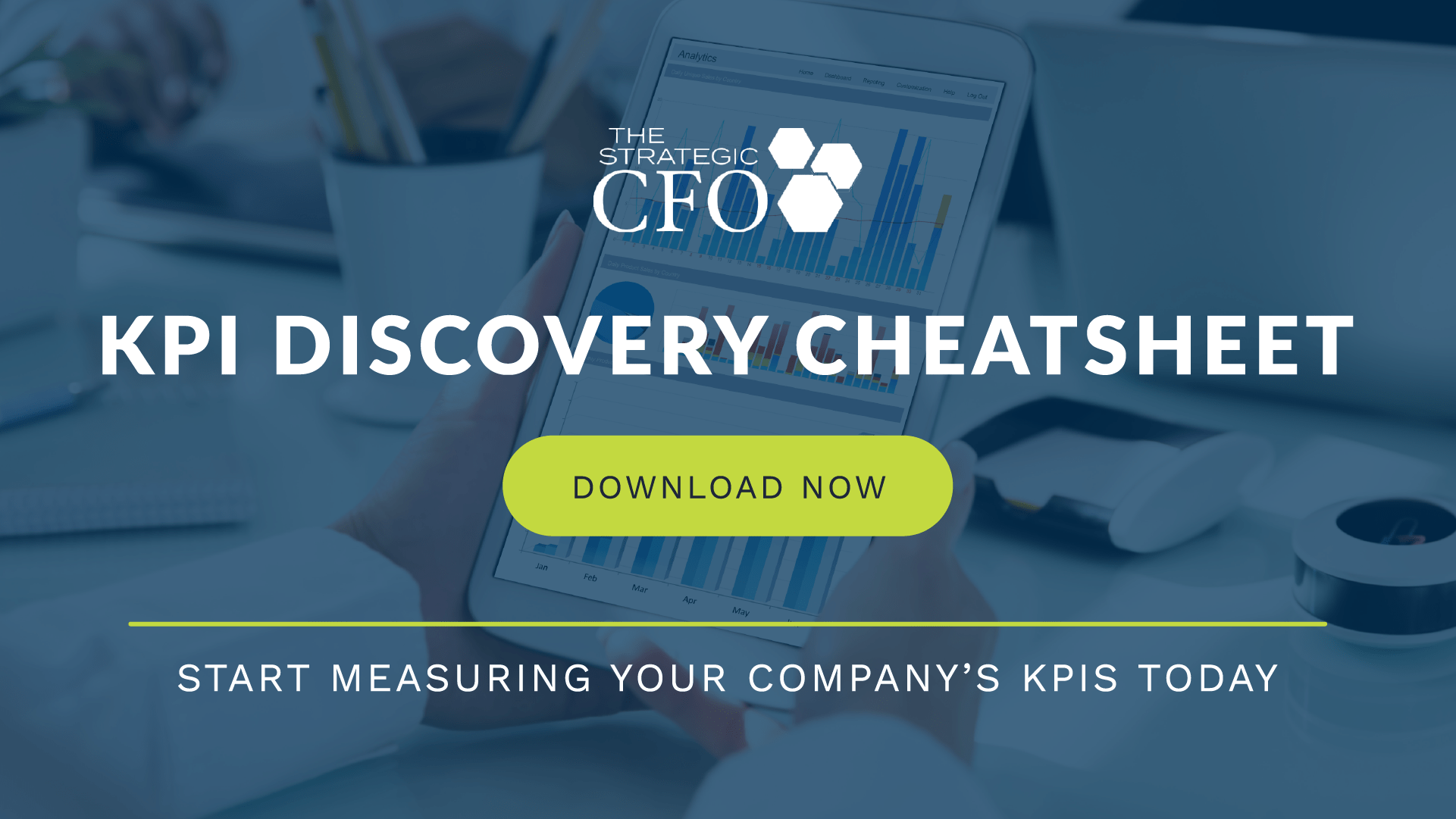See also:
Internal Rate Of Return Example
NPV versus IRR
Owner’s Equity
Net Present Value (NPV) vs Payback Method
Cost of Capital
Valuation Methods
Internal Rate of Return Method Definition
The Internal Rate of Return method is the process of applying a discount rate that results in the present value of future net cash flows equal to zero. This is the base internal rate of return calculation formula and will be described later in this wiki. Internal rate of return assumes that cash inflows are reinvested at the internal rate. Investment projects with a return greater than the cost of capital or hurdle rate should be accepted. The greater the internal rate of return the more attractive the investment. Below is the IRR hurdle rate comparison.
IRR > hurdle rate, accept the investment
IRR < hurdle rate, reject the investment
IRR = hurdle rate, the investment is marginal
The internal rate of return meaning is described in more detail below.
Internal Rate of Return Method Explanation
Internal Rate of Return is a method to compare and evaluate different investments based on their cash flows. A proper internal rate of return calculation provides an interest rate equal to the total gains expected from a given investment. After discovering the internal rate of return for one project other IRRs can be compared in order to find the most valuable investment choice. Additionally, one compares an internal rate of return to the weighted average cost of capital of a project to decide whether the investment will create profit. IRR also accounts for the time value of monetary gains. It is generally used to evaluate a series of cash flows but can also be applied for other needs. Many equity investors, including angels and venture capitalists, have a required rate of return which must be met or exceeded by the IRR of a company seeking investment. This ensures the investment warrants the associated risk and will provide the cash flows necessary for profit.
Internal Rate of Return Formula
The internal rate of return formula can be found algebraically by using the Net Present Value formula below. In this:
NPV = (CF 1 / (1 + r) ^1) + (CF 2 / (1 + r)^2) + (CF 3 / (1 + r) ^ 3) + …
Where:
NPV = Net Present Value
CF 1, 2, or 3 = Cash flow in period 1, Cash flow in period 2, Cash flow in period 3, etc.
r = The Rate of Return
The rate of return (r) for which NPV = 0 is the internal rate of return calculator. So, if:
0 = (Cash flow in period 1 / (1 + IRR) ^1) + (Cash flow in period 2 / (1 + IRR)^2) + (Cash flow in period 3 / (1 + IRR) ^ 3) + …
Where:
NPV = Net Present Value
CF 1, 2, or 3 = Cash flow in period 1, Cash flow in period 2, Cash flow in period 3, etc.
IRR = Internal Rate of Return
Internal rate of return can be found algebraically using this method as the IRR calculator. Below is a common internal rate of return calculation example.
[box]Strategic CFO Lab Member Extra
Access your Flash Report Execution Plan in SCFO Lab. The step-by-step plan to create a dashboard to measure productivity, profitability, and liquidity of your company.
Click here to access your Execution Plan. Not a Lab Member?
Click here to learn more about SCFO Labs[/box]













